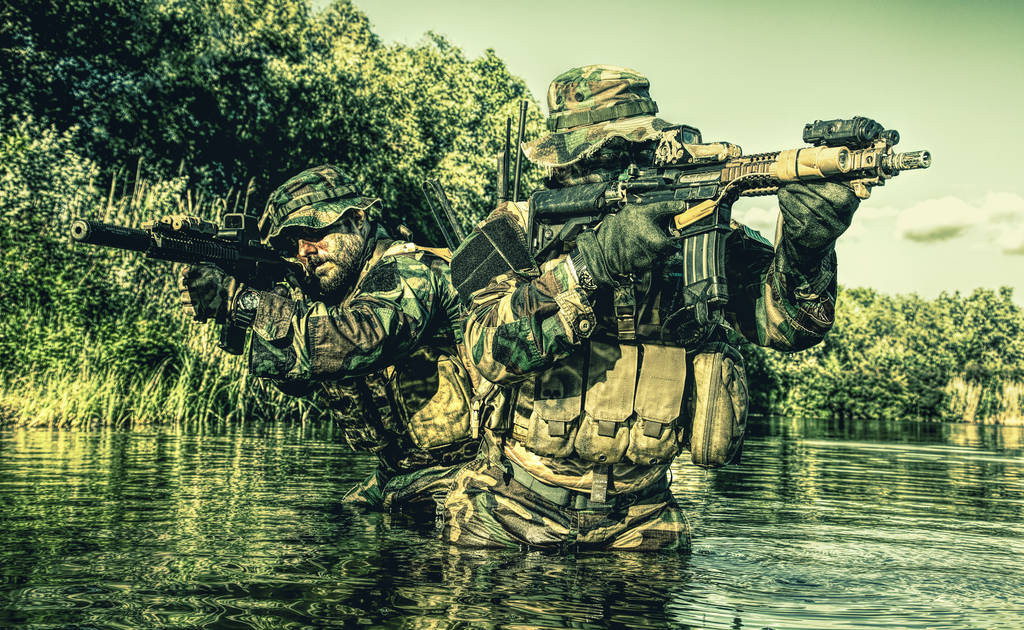Veteran suicide remains a tragic and complex issue, claiming the lives of thousands of men and women who have served their country. The severity of this crisis can be best understood by examining the statistics, the underlying factors contributing to suicide, and the ways in which we can help those at risk. This article aims to delve into the multifaceted dimensions of veteran suicide, with a particular focus on the impact of Post-Traumatic Stress Disorder (PTSD) and Traumatic Brain Injury (TBI). It also offers insights into how fellow veterans, families, and friends can play a critical role in helping at-risk veterans regain their footing and contribute positively to society.
Veteran Suicide Statistics
Veteran suicide rates are significantly higher than those of the general population. According to the Department of Veterans Affairs (VA), the suicide rate for veterans is 1.5 times higher than for non-veteran adults. Among veterans aged 18-34, the suicide rate is especially alarming, with an estimated 45.9 per 100,000 individuals, compared to 27.7 per 100,000 in the civilian population of the same age group.
When broken down by gender, male veterans have a higher suicide rate than their female counterparts, but female veterans are more likely to commit suicide than women in the general population. The suicide rate among female veterans is 2.2 times higher than for non-veteran women, reflecting the unique pressures faced by women in the military.
Veterans who served in different conflicts also show varying suicide rates. Those who served in recent conflicts, such as Iraq and Afghanistan, face a higher risk, in part due to the intensity of these wars and the repeated deployments. Veterans of the Vietnam War also show high suicide rates, often linked to delayed onset PTSD, which may not manifest until decades after service.
The Impact of PTSD and TBI to Suicide:
PTSD and TBI are significant contributors to the heightened suicide risk among veterans. PTSD is a mental health condition triggered by experiencing or witnessing a traumatic event, common among those who have served in combat zones. TBI, often caused by exposure to explosive blasts, falls, or other head injuries, can result in long-term cognitive, physical, and emotional difficulties.
Veterans suffering from PTSD and TBI often face a range of challenges that complicate their reintegration into civilian life. Symptoms of PTSD can include flashbacks, nightmares, severe anxiety, and uncontrollable thoughts about the traumatic event. These symptoms can lead to a sense of isolation, as veterans may withdraw from social interactions and struggle to maintain relationships.
TBI, on the other hand, can cause cognitive impairments such as memory loss, difficulty concentrating, and mood swings. The physical symptoms may include headaches, dizziness, and fatigue, while the emotional symptoms often overlap with those of PTSD, leading to depression, irritability, and a diminished capacity for joy.
Societal Misunderstanding and Its Consequences
The general public often lacks a deep understanding of PTSD and TBI, which can lead to stigmatization and misinterpretation of a veteran’s behavior. Those who have not experienced military service or trauma may find it difficult to relate to the struggles faced by veterans, leading to misunderstandings that can exacerbate the veteran’s sense of isolation.
For instance, a veteran’s hyper-vigilance—an enhanced state of sensory sensitivity often linked to PTSD—might be misinterpreted as paranoia or aggression. Similarly, the cognitive difficulties associated with TBI might be seen as a lack of effort or intelligence, rather than as symptoms of a serious injury. These misinterpretations can create a disconnect between veterans and those around them, deepening their feelings of alienation.
Veterans’ Reactions to Misunderstanding
Veterans with PTSD and TBI may react to societal misunderstanding in ways that reinforce their isolation and despair. When their symptoms are misunderstood or dismissed, they may become increasingly reluctant to seek help, believing that no one truly understands their experience. This can lead to a downward spiral, where the veteran withdraws from family, friends, and support systems, heightening the risk of suicide.
In some cases, the frustration and hopelessness that arise from being misunderstood can manifest as anger or aggression, further alienating the veteran from their loved ones and the broader community. This behavior is often a defense mechanism, a way to cope with the overwhelming emotions that arise from their experiences and the perceived lack of support.
Turning the Tide: Support from Fellow Veterans, Family, and Friends
Despite these challenges, there are effective ways to support veterans with PTSD and TBI, helping them to turn their lives around and reintegrate into society as valuable contributors. The first step is to foster an environment of understanding and empathy. Family members and friends must educate themselves about PTSD and TBI, learning to recognize the symptoms and understanding the underlying causes of a veteran’s behavior. This knowledge is crucial in breaking down the barriers that often prevent veterans from seeking help.
Fellow veterans, in particular, play a pivotal role in this process. As individuals who share similar experiences, they are uniquely positioned to offer support and understanding. Peer support groups, whether formal or informal, provide a space where veterans can speak openly about their struggles without fear of judgment. These groups can be a lifeline, offering not only emotional support but also practical advice on navigating the complexities of life with PTSD or TBI.
Encouraging veterans to seek professional help is another critical step. While the stigma surrounding mental health treatment remains a barrier, it is essential to communicate that seeking help is a sign of strength, not weakness. Veterans may benefit from therapy, medication, and other treatments specifically designed to address PTSD and TBI. In some cases, alternative therapies such as mindfulness meditation, yoga, or service animals have shown promise in helping veterans manage their symptoms.
Family and friends can also play a crucial role by maintaining open lines of communication and offering consistent support. Simple acts of kindness, such as checking in regularly, offering to accompany a veteran to appointments, or just being a patient listener, can make a significant difference. It is essential to create a sense of stability and normalcy, helping the veteran feel anchored in their life outside the military.
Moreover, helping veterans find a renewed sense of purpose can be transformative. Whether through volunteering, engaging in hobbies, or finding meaningful employment, veterans who reconnect with their sense of mission are more likely to thrive. This sense of purpose not only aids in their recovery but also reinforces their value as contributing members of society.
Conclusion
The crisis of veteran suicide, particularly among those suffering from PTSD and TBI, demands a comprehensive and compassionate response. By understanding the unique challenges faced by these veterans and the ways in which societal misunderstanding can compound their struggles, we can begin to address the root causes of their distress. Through the support of fellow veterans, family, and friends, those at risk can be guided toward a path of healing and reintegration, transforming their lives and making them assets to society once again. The road to recovery is not easy, but with the right support, it is entirely possible.

